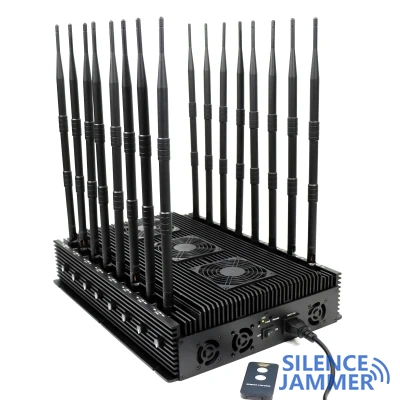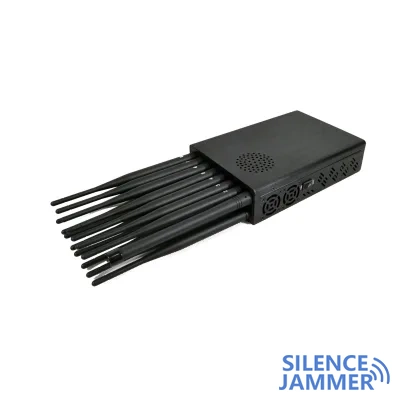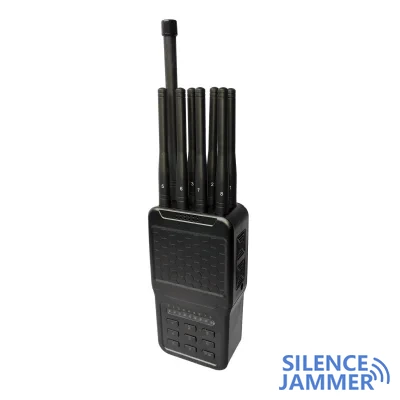In the U.S. Army's latest electronic warfare project, the air signal jammer (MFEW-AL) under development has been tested by soldiers, and initial feedback is encouraging. The system is designed to generate a clear image of the electromagnetic spectrum of the area it flies over in real time, marking the Army's reinvestment in advanced electronic warfare technology.
Background and development of the air jammer program
The Multi-Function Electronic Warfare-Air Large System (MFEW-AL) is an important project that the U.S. Army has picked up after years of neglecting electronic warfare capabilities. Lockheed Martin is responsible for developing the independent pod, which was originally envisioned to be installed on the MQ-1C Gray Eagle drone manufactured by General Atomics, but is now planned to be more widely used on other platforms.
Brigadier General Ed Buck, executive officer for intelligence, electronic warfare and sensors programs, recently conducted a development test at China Lake Weapons Range in California. He said the Army is actively delivering the MFEW-AL signal jammer system to troops to ensure its effectiveness in actual operations.

"We have soldiers stationed both at China Lake and in the 10th Mountain Division," Buck said during the AFCEA TechNet conference in Augusta, Georgia. "The software and hardware are both stable, and I think we are in very good shape." He expressed optimism about the system's performance and believed that the results of the initial test were positive.
The strategic importance of air signal jammer devices for electronic warfare
- Electronic warfare is a high-stakes "cat and mouse" game in modern warfare. The military relies on the manipulation of the electromagnetic spectrum to perform key tasks such as weapon guidance, navigation and communications. As technology develops and potential threats increase, the control and competition of the spectrum becomes more important, especially in a potential conflict with Russia or China. With military communications, networks and drones in Eastern Europe facing attacks, the priority of electronic warfare is being re-evaluated.
- Buck emphasized that the Army's testing of MFEW-AL signal jammer system will provide important information for the next stage of procurement decisions. He and other senior military officials are awaiting formal feedback from the Army Test and Evaluation Command, which will help further improve the system.
- Last year, Gabe Camarillo, the deputy secretary of the Army, visited the MFEW-AL prototype and expressed high expectations. At the Aberdeen Proving Ground in Maryland, he noted: "My concern is that we have to keep up with the threat. I am impressed by the Army's MFEW program and its different configurations and development directions." This comment reflects the importance of the project to the top.
Technical adaptability and future prospects
The successful development and testing of the MFEW-AL air jammer system not only means that the US Army has taken an important step in electronic warfare capabilities, but also provides stronger support for future operations. With the active adoption of soldier feedback and the continuous improvement of technology, MFEW-AL is expected to become an important tool for improving the combat effectiveness of the Army.

When facing technologically advanced hostile forces, the adaptability and effectiveness of MFEW-AL jammer system will provide the Army with greater tactical flexibility and help troops gain an advantage in complex battlefield environments. Buck's comments and Camarillo's expectations show that the Army attaches great importance to this project, and future testing and feedback will continue to promote the development of this technology.
In summary, the successful development and testing of MFEW-AL blocker system demonstrates the US Army's determination to enhance its electronic warfare capabilities. As the project continues to advance, it is expected that this system will play a key role in actual combat and ensure that the Army is in an advantageous position in future battles.



